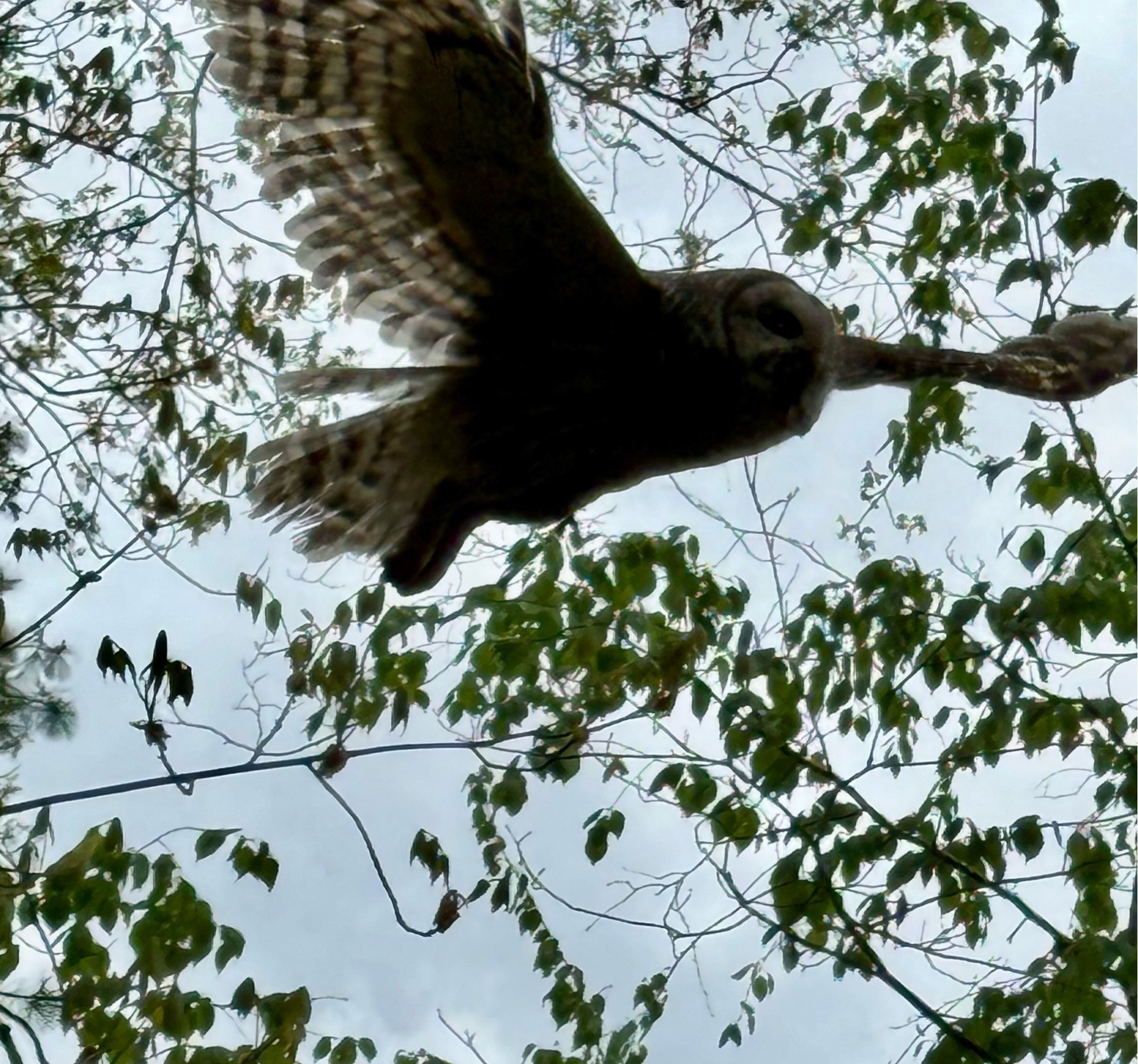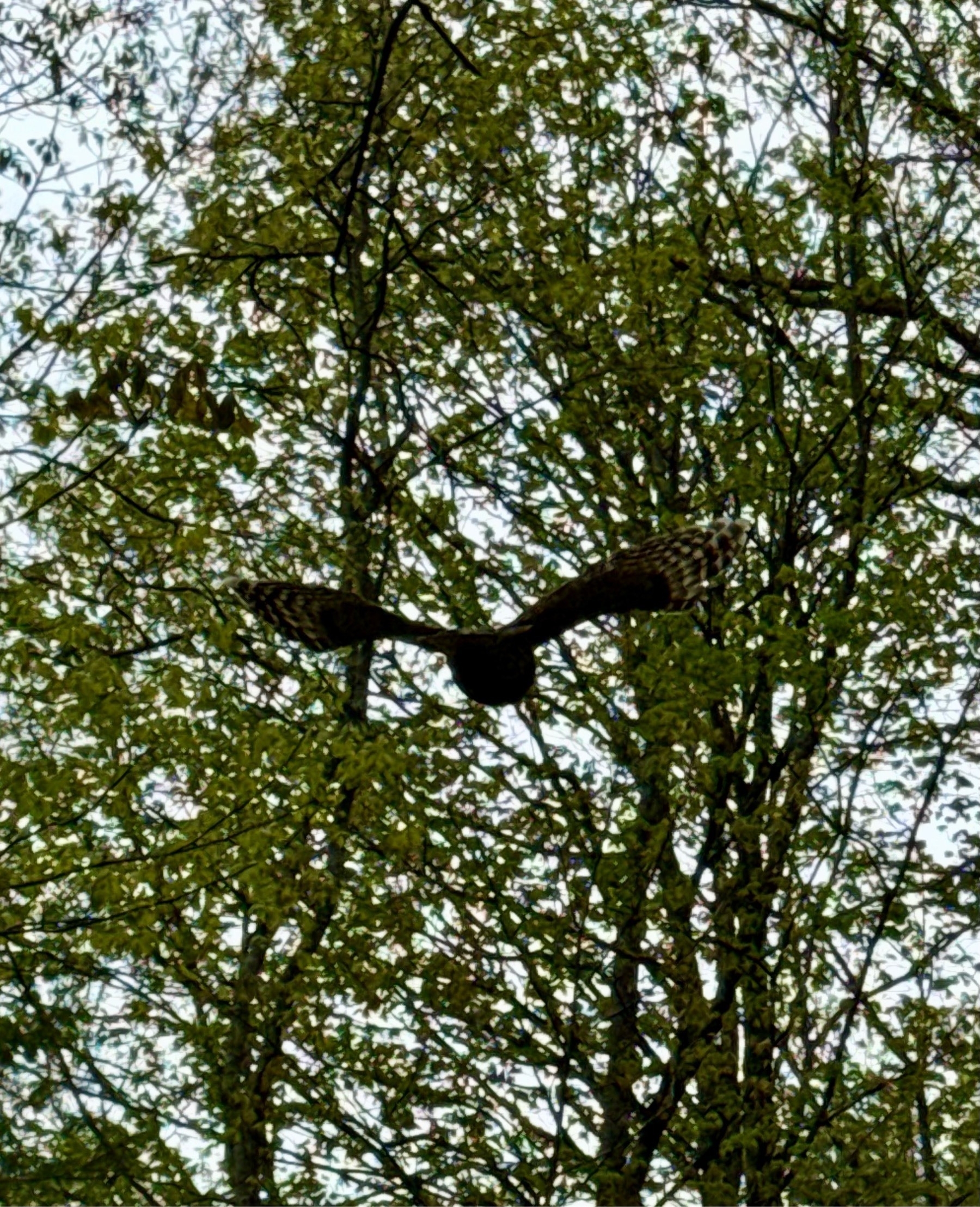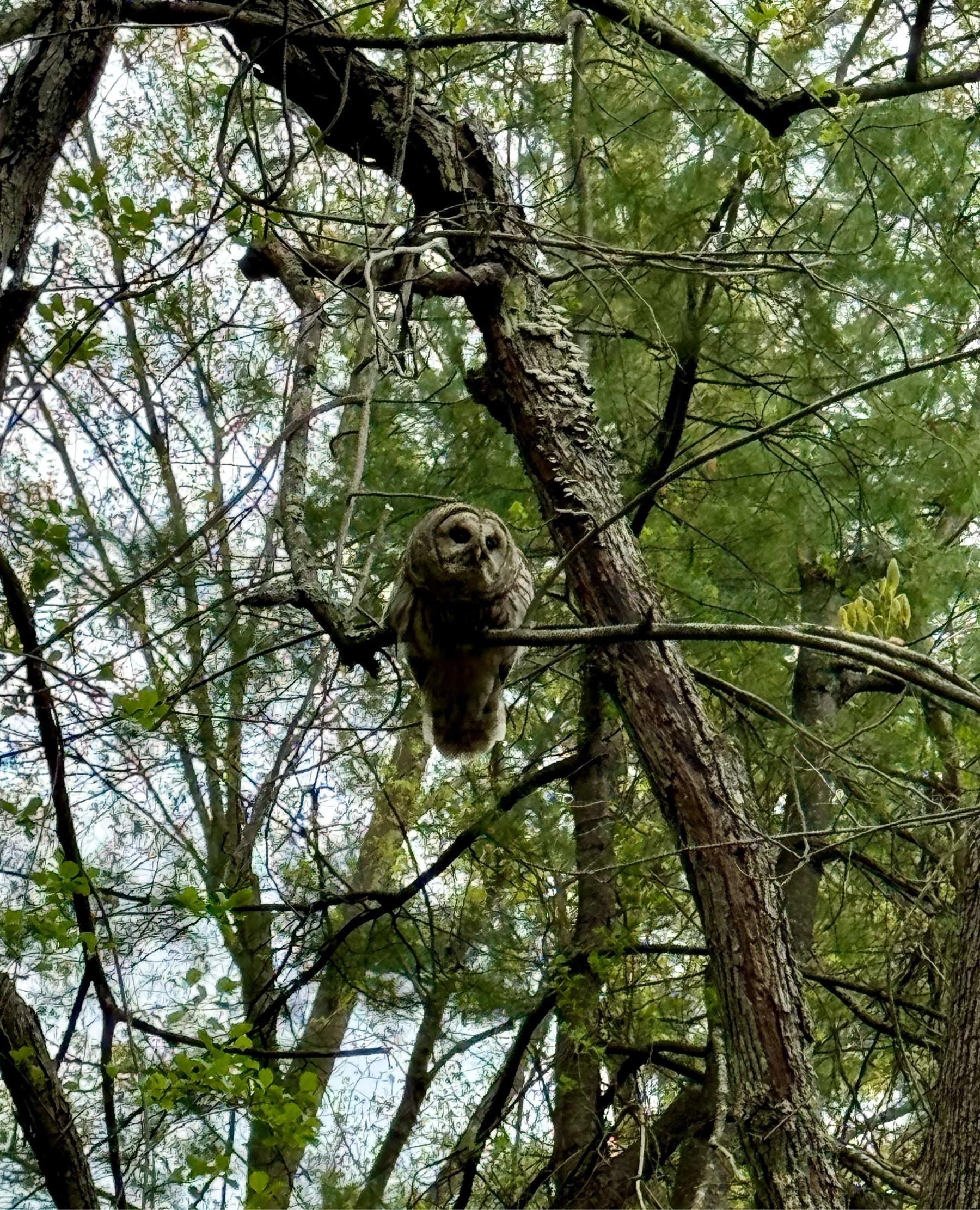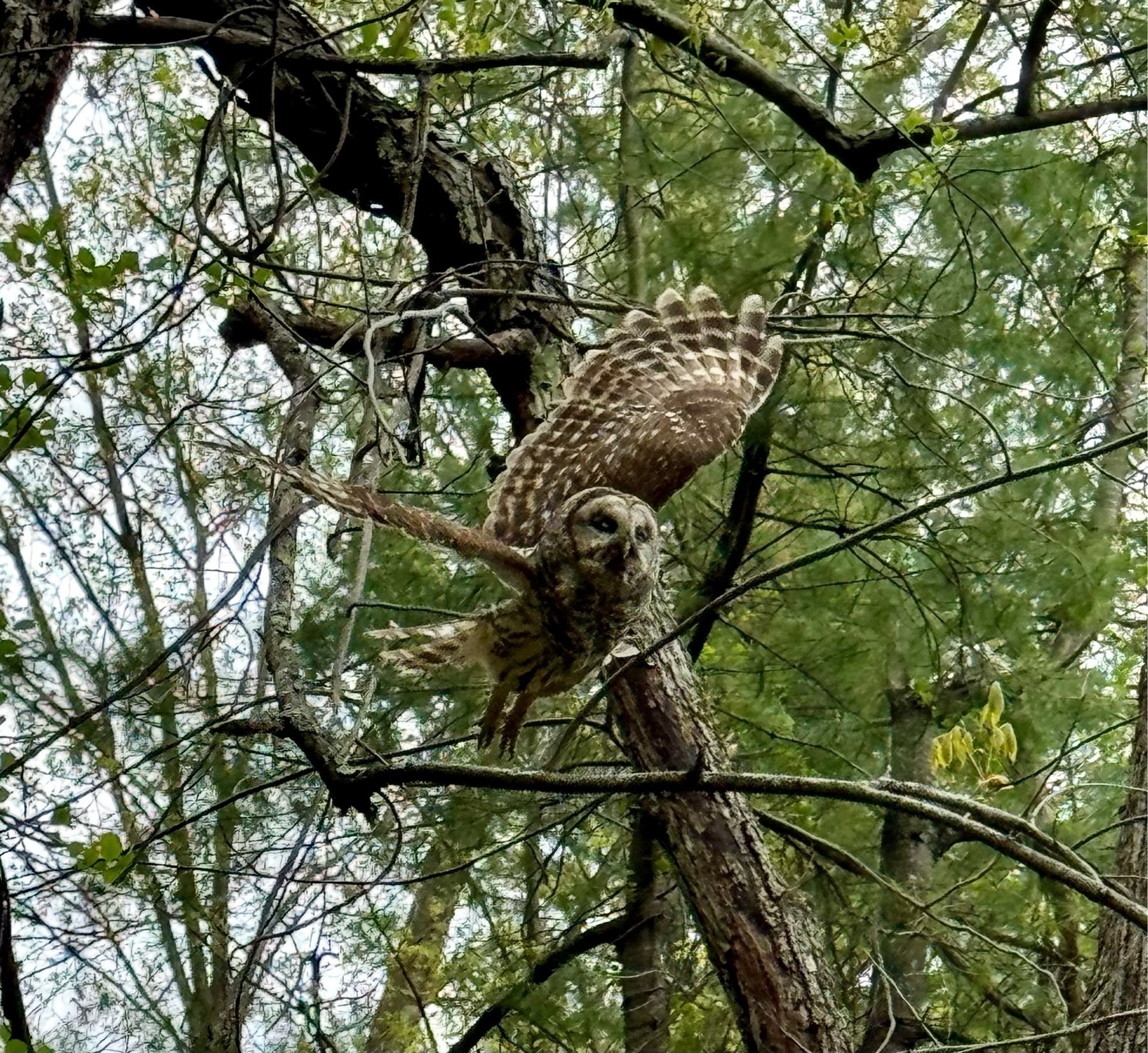-
Finished reading: The Laws of Connection by David Robson 📚
Three stars
-
Finished reading: Magnus Chase and the Ship of the Dead by Rick Riordan 📚
Five stars!
-
Finished reading: Shift by Hugh Howey 📚
Four stars!
-
Finished reading: Natural Magic by Renée Bergland 📚
3 stars
-
Finished reading: To Be Taught, If Fortunate by Becky Chambers 📚
3 stars
-
Finished reading: Eversion by Alastair Reynolds 📚
Five stars!
-
Finished reading: Savor by Thich Nhat Hanh 📚
Five stars.
-
Finished reading: The Art of Living by Thich Nhat Hanh 📚
Five stars
-
Finished reading: Prisoners of Geography by Tim Marshall 📚
Four stars
-
Finished reading: Enlightenment by Sarah Perry 📚
Three stars
-
I just realized that my “To Read” list has 310 books on it. I think I might have a problem!
-
Finished reading: After 1177 B.C. by Eric Cline 📚
Three stars
-
Astronomy Photo: M101 Pinwheel Galaxy
My observation:

Taken: 1 June 2024 at 10:57 PM EST
Equipment: Unistellar Equinox2
General Information:
- Messier Designation: M101
- Type: Spiral Galaxy
- Distance from Earth: 21,000,000 light years
The Pinwheel Galaxy, known as Messier 101 (M101), is a face-on spiral galaxy situated approximately 21 million light-years away in the constellation Ursa Major. This galaxy is renowned for its well-defined spiral arms, which are adorned with a multitude of star-forming nebulae, young blue star clusters, and vast regions of ionized hydrogen. These features make it a dazzling example of a grand design spiral galaxy. M101 spans about 170,000 light-years across, making it one of the largest galaxies in its local group. Its proximity and relative brightness allow astronomers to study its composition and structure in great detail, contributing significantly to our understanding of the dynamics and evolution of spiral galaxies.
Additional Details from NASA:
Hubble Image:
https://science.nasa.gov/wp-content/uploads/2023/04/m101-jpg.webp?w=2048&format=webp

-
Astronomy Photo: M51 Whirlpool Galaxy
My Observation:
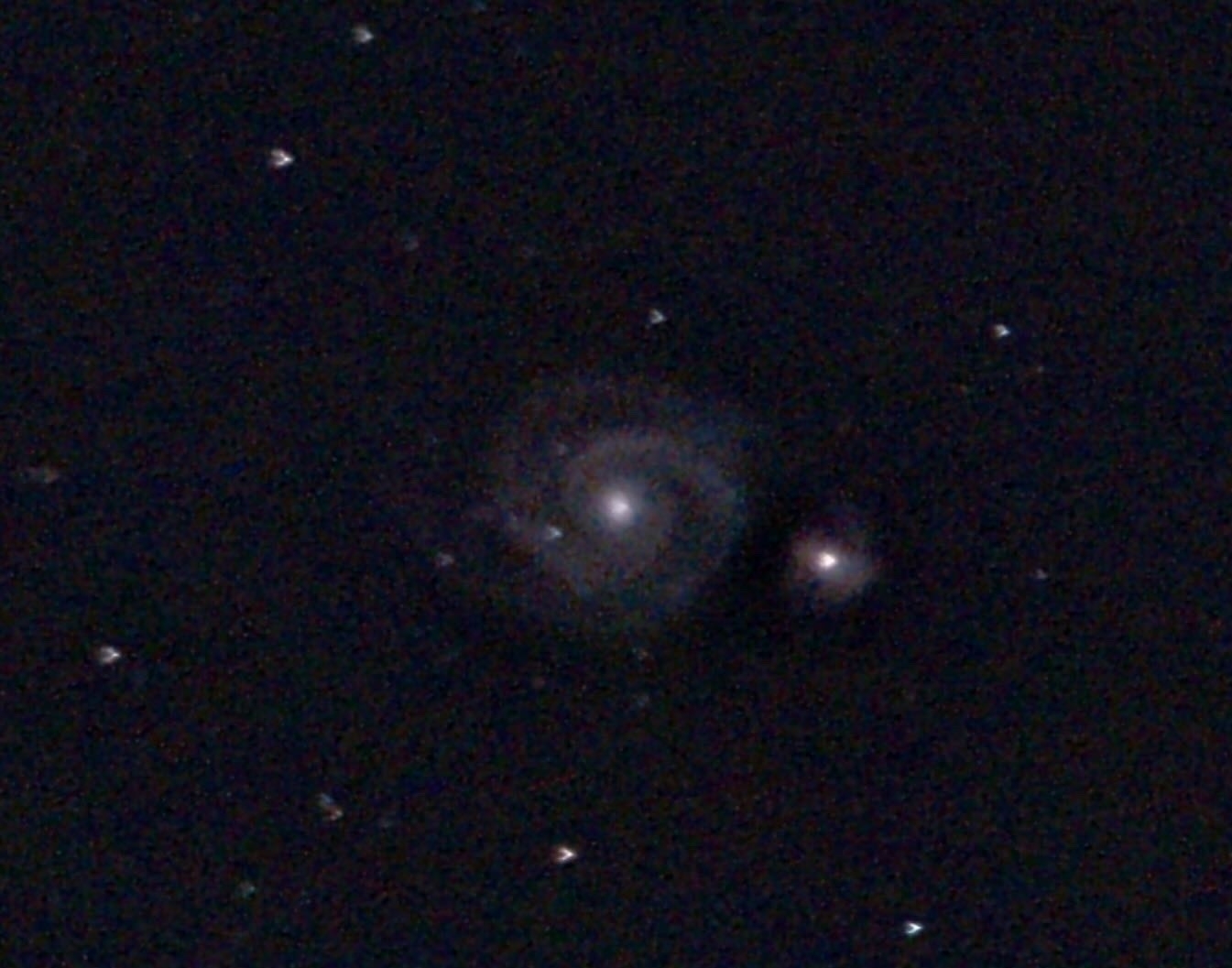
Taken: 1 June 2024 at 10:45 PM EST
Equipment: Unistellar Equinox2
General Information:
- Messier Designation: M51
- Type: Spiral Galaxy
- Distance from Earth: 23,000,000 light years
The Whirlpool Galaxy, also known as Messier 51 (M51), is a classic spiral galaxy located approximately 23 million light-years away in the constellation Canes Venatici. This galaxy is famed for its striking appearance and well-defined structure, featuring prominent spiral arms that coil tightly around its luminous core. M51 is particularly noted for its grand design spiral structure, which is rich in star-forming regions, pinkish nebulae, and clusters of young, hot stars. It is often paired with a smaller companion galaxy, NGC 5195, which appears to be interacting with M51, enhancing its spiral structure through gravitational forces. This interaction has made M51 a popular subject in both professional astronomical research and amateur astrophotography, providing valuable insights into the dynamics of galaxy formation and evolution.
Additional Details from NASA:
Hubble Image:
https://science.nasa.gov/wp-content/uploads/2023/04/m51-and-companion_0-jpg.webp?w=2048&format=webp

-
Astronomy Photo: M63 Sunflower Galaxy
My Observation:
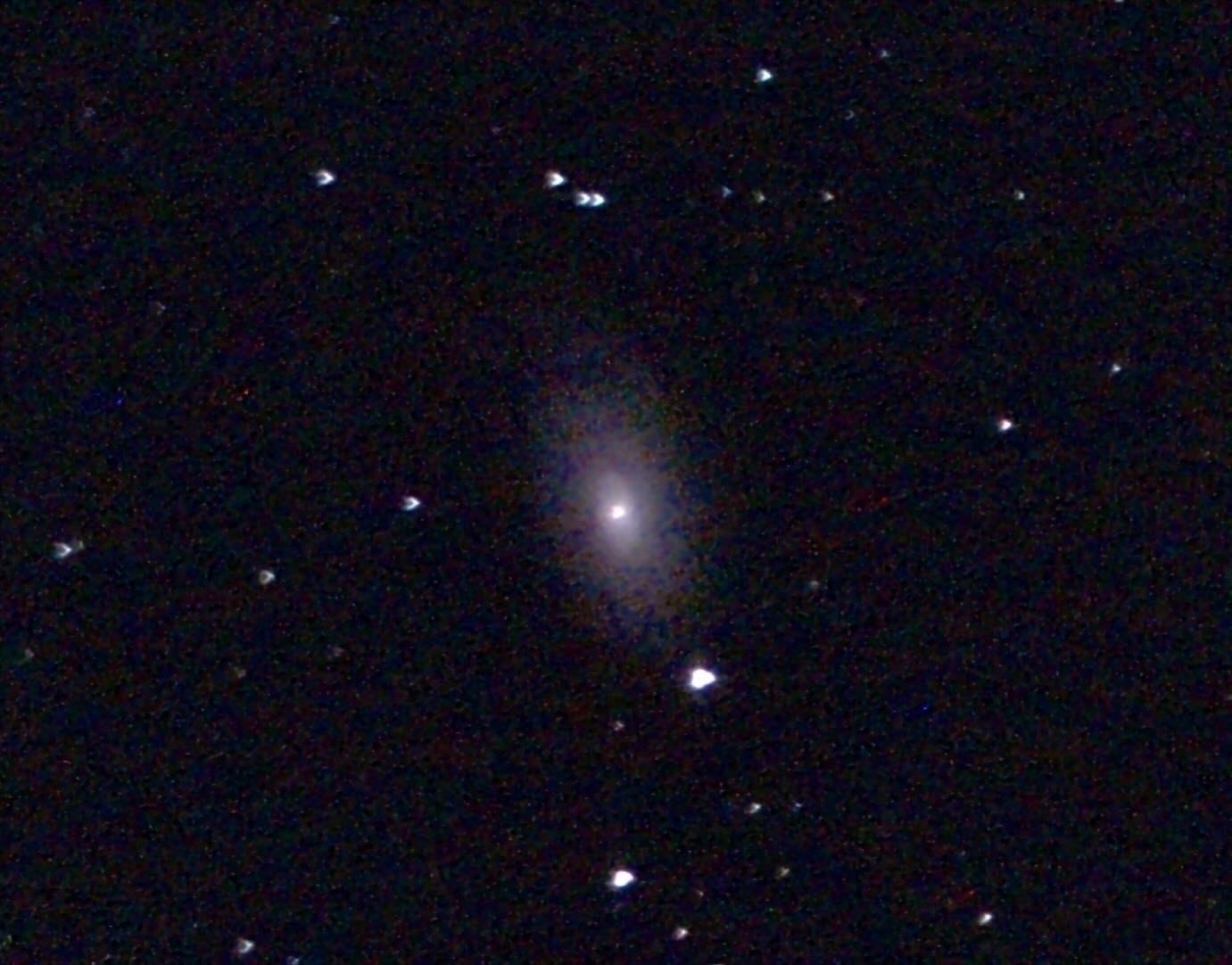
Taken: 1 June 2024 at 11:02 PM EST
Equipment: Unistellar Equinox2
General Information:
- Messier Designation: M63
- Type: Spiral Galaxy
- Distance from Earth: 27,000,000 light years
The Sunflower Galaxy, also known as Messier 63, is a stunning example of a spiral galaxy located approximately 27 million light-years away in the constellation Canes Venatici. This galaxy is particularly noted for its intricate spiral arms, which are densely packed with star-forming regions, clusters of young blue stars, and lanes of dark dust, giving it a striking resemblance to a sunflower. Its bright core and the graceful sweep of its arms are highlighted by the backdrop of space, making it a favored subject of study among astronomers. The Sunflower Galaxy is part of the M51 Group, a galaxy group that includes the famous Whirlpool Galaxy, and its relatively bright appearance makes it a popular target for both professional and amateur astronomers.
Additional Details from NASA:
Hubble Image:
https://science.nasa.gov/wp-content/uploads/2023/04/potw1536a-jpg.webp?w=2048&format=webp

-
Finished reading: Mal Goes to War by Edward Ashton 📚
Three stars
-
4000 year old Babylonian recipes:
I loved everything about this. The video, the fact that these recipes were preserved. That the Yale team actually made a few of the recipes.
-
Astronomy Photo: Moon
My observation:
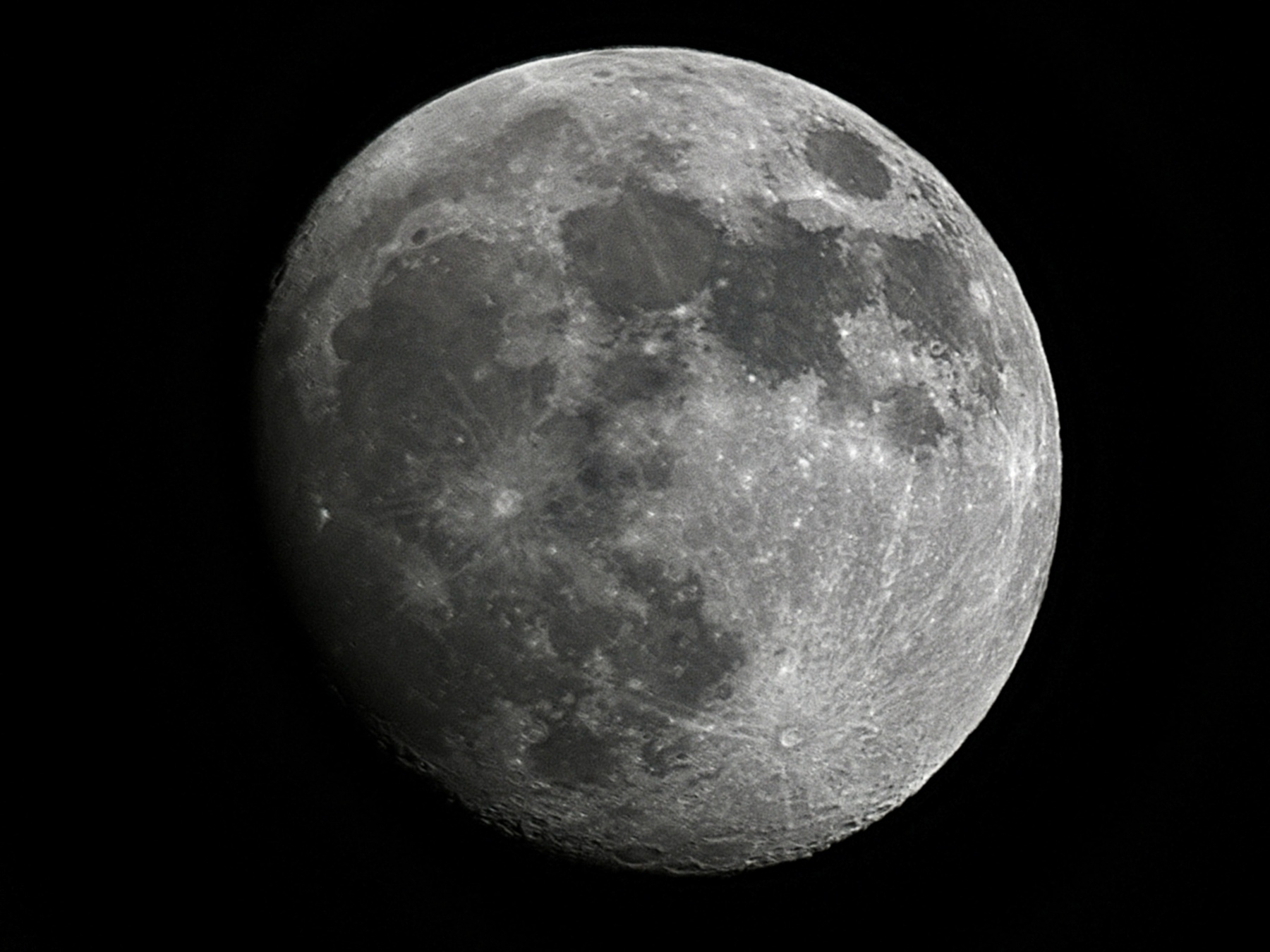
Taken: 20 May 2024 at 9:36pm EST
Equipment: Unistellar Equinox2
General Information:
- Type: Moon
- Distance from Earth: 384,400 km
The Moon, Earth’s only natural satellite, is a rocky body with a geologically diverse surface, characterized by vast plains called maria, impact craters, and highland regions. Its geology includes basaltic plains from ancient volcanic activity and anorthosite highlands, shaped significantly by asteroid impacts. The Moon orbits Earth at an average distance of about 384,400 kilometers, completing a revolution in approximately 27.3 days, which also matches its rotational period, resulting in the same side always facing Earth (synchronous rotation). This orbital relationship profoundly affects Earth’s tides and stabilizes its axial tilt, contributing to a stable climate over geological time scales. The interplay of tidal forces also causes a gradual increase in the Moon’s distance from Earth by about 3.8 centimeters per year.
Additional Details from NASA:
https://science.nasa.gov/moon/
Lunar Reconnaissance Orbiter Image:

-
Finished reading: Our Moon by Rebecca Boyle 📚
Four stars
-
Hello Barred Owl!
